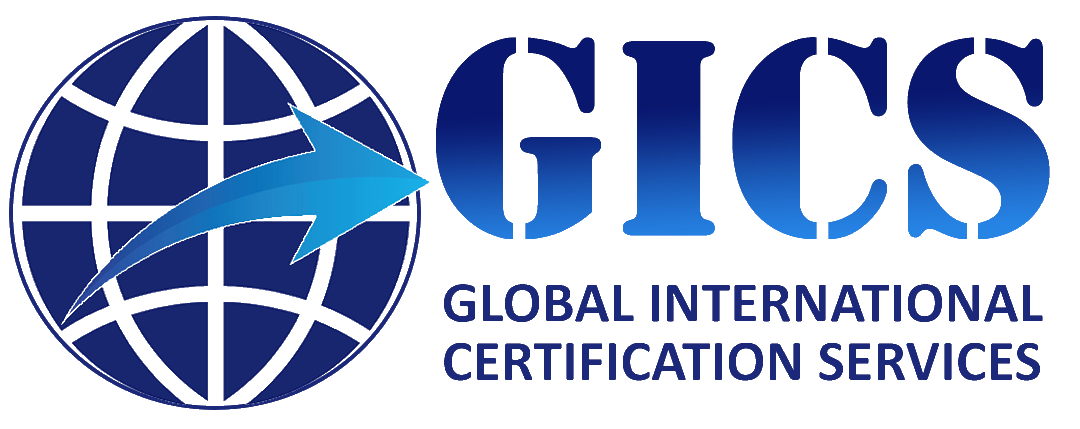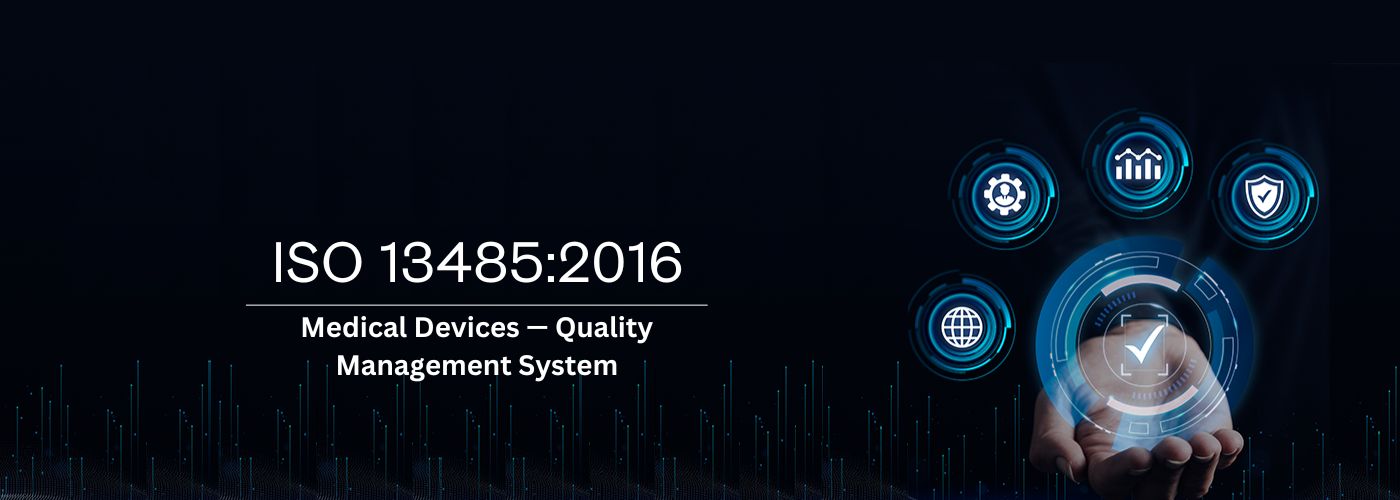Quality Management for Medical Devices
What is ISO 13485:2016?
ISO 13485:2016 is an internationally recognized standard that sets out the requirements for a quality management system (QMS) specific to the design, development, production, and servicing of medical devices. It helps organizations ensure that their medical devices consistently meet customer expectations and regulatory requirements.
This standard is applicable to manufacturers, suppliers, and any organization involved in the lifecycle of medical devices, including service providers and contractors. By achieving ISO 13485:2016 certification, companies demonstrate their commitment to quality, safety, and compliance with regulatory standards.
Key Benefits of ISO 13485:2016 Certification
- Regulatory Compliance
ISO 13485 aligns with global regulations and helps ensure that medical devices are produced to meet regulatory requirements in markets like the EU, the US, Canada, and Japan. - Improved Product Quality
Implementing the standard promotes a robust QMS, resulting in better product consistency, reliability, and safety. This reduces the risk of non-compliance, recalls, and customer complaints. - Enhanced Market Access
ISO 13485 certification is often a prerequisite for selling medical devices in certain markets, helping your organization gain access to new regions and customers. - Operational Efficiency
A structured approach to quality management fosters continuous improvement, streamlining processes and reducing inefficiencies, which can lead to cost savings. - Increased Customer Confidence
Certification demonstrates to customers, suppliers, and regulatory bodies that you have the processes and controls in place to consistently deliver high-quality products.
Core Requirements of ISO 13485:2016
ISO 13485:2016 outlines the following key areas that must be addressed in a QMS for medical device organizations:
- Management Responsibility
Top management must ensure the establishment, implementation, and maintenance of the QMS and must demonstrate leadership and commitment. - Risk Management
Risk-based thinking is a cornerstone of the ISO 13485:2016 standard. Organizations must integrate risk management throughout the lifecycle of the medical device. - Design and Development Controls
The standard emphasizes the importance of proper planning, design, and development processes, ensuring that products meet both user needs and regulatory requirements. - Supplier and Outsourced Process Management
Ensuring that suppliers and outsourced processes adhere to quality standards is critical. ISO 13485 requires organizations to control these relationships and monitor performance. - Traceability and Documentation
Adequate documentation is essential, with requirements for traceability of products and the ability to retrieve records in case of an audit or issue. - Nonconformance and Corrective Actions
Procedures must be in place for identifying and addressing nonconformities, including corrective and preventive actions to avoid future issues. - Internal Audits and Continuous Improvement
Regular audits and the commitment to continual improvement ensure that the QMS remains effective and adapts to changes in regulatory requirements and market conditions.
ISO 13485:2016 vs. ISO 9001:2015
While ISO 9001 is a general standard for quality management systems, ISO 13485:2016 is specifically tailored to the medical device industry. The key differences lie in the specific regulatory requirements, risk management, and focus on product lifecycle processes. ISO 13485 is more prescriptive regarding documentation, validation, and the post-market surveillance of medical devices.
Steps to Achieve ISO 13485:2016 Certification
- Gap Analysis
Conduct an initial assessment to identify areas where your current systems do not meet the ISO 13485:2016 requirements. - Implementation of QMS
Develop and implement the required processes, including documentation, procedures, and employee training to comply with ISO 13485. - Internal Audit
Perform internal audits to ensure the QMS is functioning as expected and meets the requirements of the standard. - Management Review
Conduct a review of the QMS by top management to ensure that it remains effective and aligned with business goals. - Certification Audit
Engage an accredited certification body to perform a formal audit of your QMS. If successful, you will receive ISO 13485:2016 certification. - Continuous Improvement
After certification, maintain and continually improve your QMS through regular reviews, audits, and addressing any identified non-conformances.
Why Choose Us for ISO 13485:2016 Certification?
We specialize in helping organizations in the medical device sector achieve ISO 13485:2016 certification and optimize their quality management systems. Our team of experts offers:
- Comprehensive Consultation: Tailored advice and support to guide you through the certification process.
- Training Programs: Equip your team with the knowledge and skills to implement and maintain ISO 13485:2016.
- Pre-Audit & Gap Analysis: Identify areas of improvement and ensure your QMS is ready for the certification audit.
- Ongoing Support: After certification, we provide assistance with audits, updates, and continual improvements.
Get Started with ISO 13485:2016
Achieving ISO 13485:2016 certification is a vital step in demonstrating your commitment to quality and regulatory compliance in the medical device industry. Whether you’re just getting started or looking to optimize your current processes, we can help you navigate the complexities of ISO 13485.
Contact us today to learn more about how we can help you implement a compliant, efficient, and effective quality management system.

